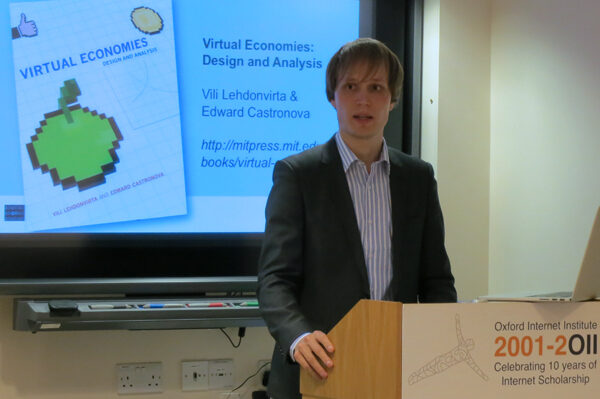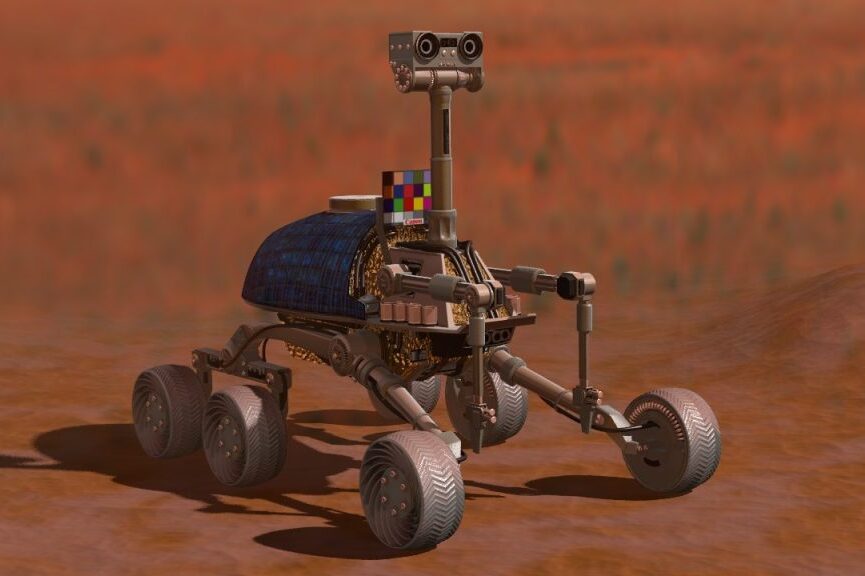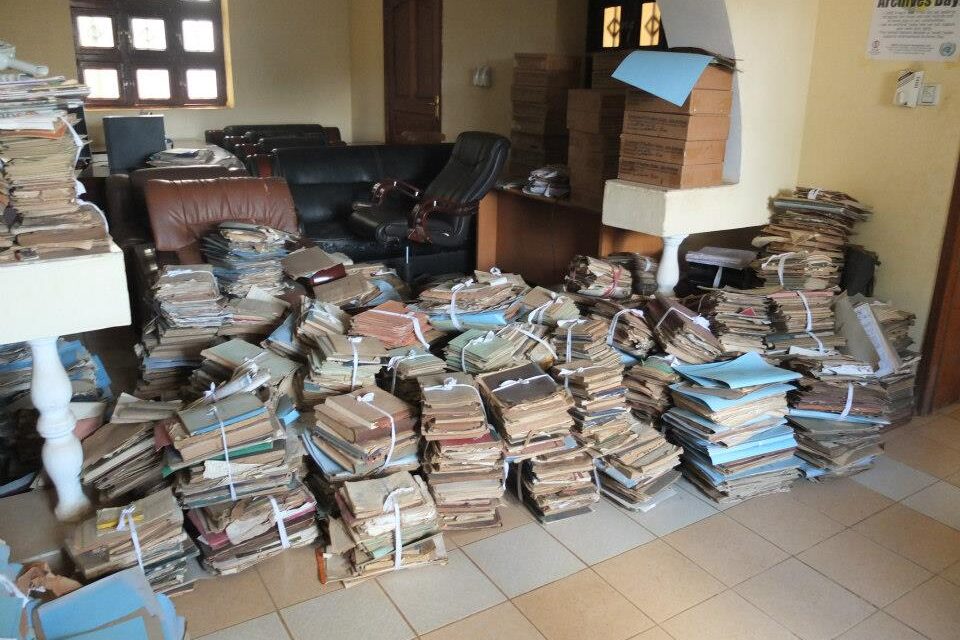Tag: economics
News
- Articles from Policy & Internet
- Books
- Call for Papers
- Child Safety
- Collective Action
- Conferences
- Democracy
- Development
- Economics
- Education
- Environment
- Ethics
- Governance & Security
- Health
- Interviews
- Mapping
- Methods
- Policy
- Politics & Government
- Publications
- Social Data Science
- Submissions Closed
- Tools
- Video
- Wellbeing
-

Investigating virtual production networks in Sub-Saharan Africa and Southeast Asia
—
This mass connectivity has been one crucial ingredient for some significant changes in how work…
-

Economics for Orcs: how can virtual world economies inform national economies and those who design them?
—
in EconomicsUnderstanding these economies is therefore crucial to anyone who is interested in the social dynamics…
-

The social economies of networked cultural production (or, how to make a movie with complete strangers)
—
Looking at “networked cultural production”—ie the creation of cultural goods like films through crowdsourcing platforms—specifically…
-

The economic expectations and potentials of broadband Internet in East Africa
—
Were firms adopting internet, as it became cheaper? Had this new connectivity had the effects…
-

Staying free in a world of persuasive technologies
—
Broadly speaking, most of the online services we think we’re using for “free”—that is, the…
-

Seeing like a machine: big data and the challenges of measuring Africa’s informal economies
—
in DevelopmentIn a similar way that economists have traditionally excluded unpaid domestic labour from national accounts,…

